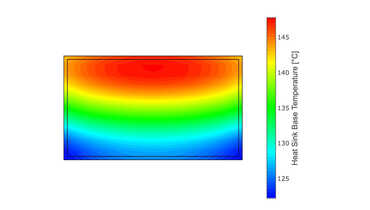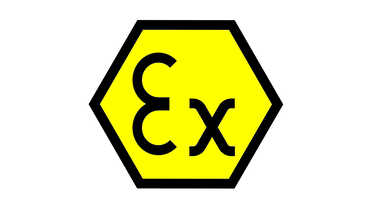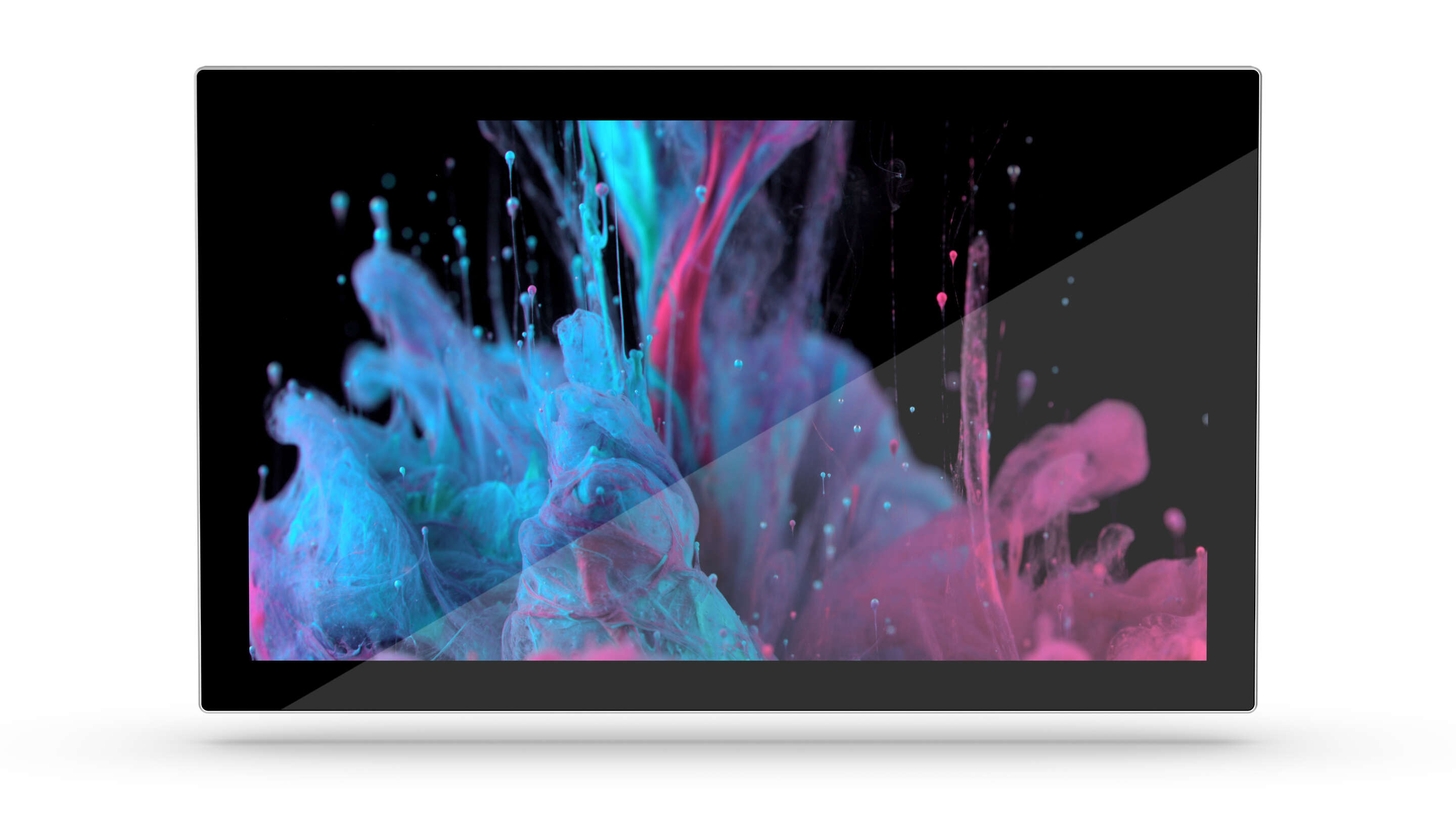At the beginning of September 2016, the official starting signal was given for the "Graphene Center Dresden" (GraphD) at the Center of Excellence for Advanced Electronics "cfaed". The new graphene project at the University of Dresden is led by Professor Xinliang Feng.
TU Dresden thus also wants to participate in global research into the "miracle material" graphene.
Miracle material graphene
As you already know, graphene is one of the hardest and most resilient materials in the world, because it is a chemical relative of diamonds, coal or the graphite of pencil mines - only better. Among its most outstanding features are that it is only a millionth of a millimeter thick. However, 100-300 times stronger than steel at the same weight and extremely flexible. It is one of the best heat conductors and almost transparent, making it suitable for displays, solar cells, microchips and light-emitting diodes, as well as other applications. Its enormous economic potential makes it so interesting for research.
Touch applications made of graphene
In the field of touch displays, for example, graphene could revolutionize liquid crystal displays (LCDs) used in flat screens, monitors and mobile phones instead of the indium-based materials used today.
Around 1.8 million euros have been approved by the EU for the GraphD research project. Among other things, the funding will be used to attract renowned experts and scientists to Dresden. In addition, the cfaed has launched a lecture series called "Distinguished Lecture Series" (DLS). The DLS of the TU Dresden is accessible to everyone and ensures that well-known scientists, Nobel Prize winners and candidates can present their research results to the public. Recently, the well-known professor Sir Konstantin S. Novoselov FRS from the University of Manchester was a guest speaker and presented his Nobel Prize lecture Graphene: Materials in the Flatland.
Further information on the Graphene Center Dresden as well as current research results can be found under the URL of our reference.



